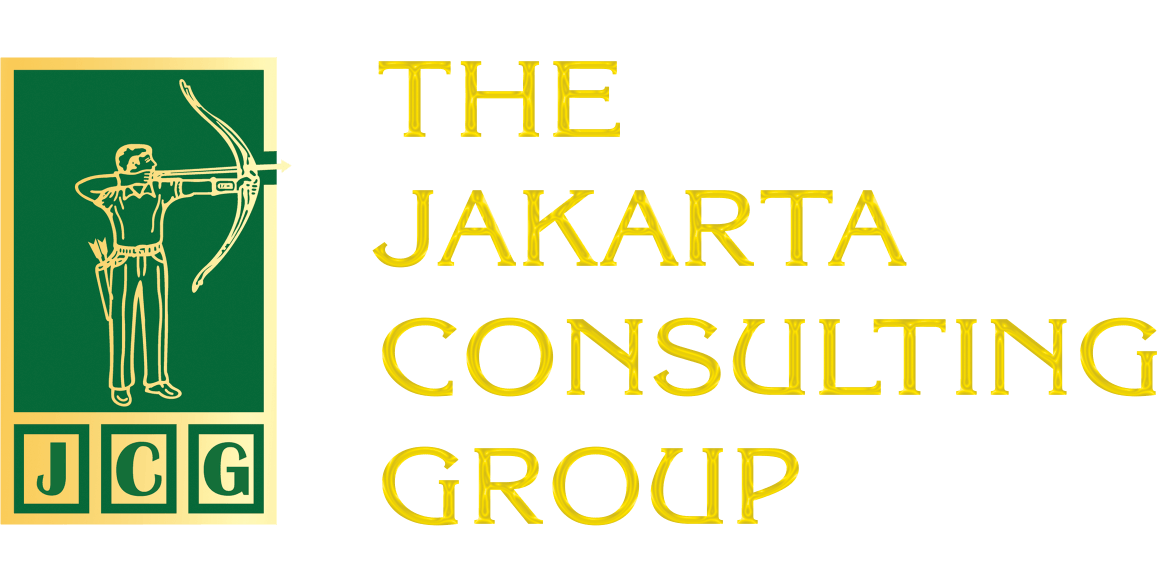The discourse on human resource management and leadership style within organizations has undergone significant changes in recent years. Whereas employee engagement was previously the primary goal—measured through surveys, encouraged with various benefits, and pursued to reduce turnover and increase productivity—the topic has now evolved into a deeper and more sustainable concept, namely empowerment.
This shift is not merely a matter of semantics. Engagement tends to ask, “How committed and enthusiastic are employees about their work and their company?” Empowerment, on the other hand, explores further with the question, “How much ownership and freedom do employees truly feel?” This difference becomes even more apparent when linked to leadership styles, especially in highlighting the risks of micromanaging and the importance of building leadership based on trust, accountability, and creativity.
Engagement vs. Empowerment: Understanding the Difference
At first glance, engagement and empowerment may seem similar. Both describe a burning passion and motivation. However, in practice, they have fundamental differences:
Engagement reflects the extent to which employees like their work and where they work. It relates to emotional attachment and loyalty. Generally, companies measure engagement using regular surveys,
A leadership style that focuses on empowering employees goes a step further—it is about giving employees the confidence to make decisions, try new things, and contribute directly to work outcomes. Empowerment is not only measured by feelings, but by concrete actions: such as the level of innovation, freedom in decision-making, and the intensity of collaboration between teams.
In short, engaged employees work hard because they believe in the company’s vision. Meanwhile, empowered employees work hard because they believe they can make a difference. And this is precisely the key that enables organizations to become more adaptive and resilient in the long run.
The Role of Leadership Style in Empowerment

The journey from engagement to empowerment is largely determined by leadership style.
A leader’s style directly influences whether employees feel trusted and valued—or controlled and restricted. Authoritarian leaders tend to make decisions on their own without involving subordinates, demand absolute obedience, and control everything. Although this type of leadership is sometimes necessary in crisis or highly structured situations, it is actually a major obstacle to empowerment.
Employees under this leadership style rarely have the opportunity to hone their decision-making skills because their contributions are rarely heard. Loyalty may be formed, but true empowerment will not be achieved.
Transactional leadership revolves around a clear system of rules, rewards, and punishments. Leaders of this type focus on achieving performance targets, meeting deadlines, and adhering to established standards. Employees may be motivated by external incentives, but the space for empowerment is very limited because individual autonomy is sacrificed in order to achieve consistency and certainty.
Transformational leaders build influence through an inspiring vision, enthusiasm, and strong goals. They encourage innovation, support learning processes, and create space for employees to think beyond their routine tasks. This leadership style naturally supports empowerment, as employees are encouraged to align their creativity and personal initiative with the larger goals of the organization.
Servant leaders place the success, development, and well-being of their team members as their top priority. They constantly ask, “What can I do to remove obstacles so you can work to your full potential?” By flipping the traditional pyramid, they create an environment fertile for empowerment to grow. Employees feel psychologically safe to try new things, take risks, and even learn from failure.
The Dangers of Micromanaging
At the heart of every team empowerment effort, there is often a hidden obstacle: micromanaging. Although born out of good intentions—such as maintaining quality, preventing mistakes, or retaining control— overly controlling leadership styles slowly erode engagement and kill the essence of empowerment itself.
Micromanaging has a negative impact. Trust in leaders and the company fades as employees feel their abilities are constantly being questioned. The space for innovation and creativity shrinks when every step must be approved. Constant supervision creates a toxic environment full of stress and low morale. Workflows become stalled because all decisions must wait for approval from superiors.
Ultimately, micromanaging fosters a culture of dependence rather than independence. Instead of producing future leaders and decision-makers, this leadership style only produces passive individuals who wait for orders.
However, micromanaging is not solely the result of poor leadership, but rather a symptom of a deep-seated fear—fear of failure, loss of control, or having to take responsibility for the mistakes of others. This pattern is also often rooted in outdated perceptions of leadership, such as the belief that leaders must always know everything or that strict supervision is the only guarantee of good performance.

The Strategic Role of Organizational Human Resources
Human resources professionals play a key role in transforming corporate culture—from simply involving employees to fully empowering them. This transformation requires the development of systems, structures, and leadership development programs based on trust and autonomy. This change also demands an adjustment in leadership style to align with the spirit of empowerment.
Conventional performance appraisal systems often only reward compliance and short-term achievements. To truly empower employees, organizations need to start recognizing and rewarding initiative, problem-solving skills, and a spirit of collaboration. The essence is to shift the focus from what is achieved to how it is achieved.
The key to empowerment lies in the hands of leaders. Training to abandon the habit of micromanagement and master the skills of coaching, situational leadership, and building trust is essential. Armed with this leadership style, managers will be able to delegate authority effectively and encourage team independence. Empowerment begins when leaders change their role from controllers to supporters.
Barriers to an Empowering Leadership Style
Empowerment is impossible without room for trial and error. HR must actively create a culture that views mistakes as lessons, not reasons for punishment. This culture allows employees to boldly share new ideas, express concerns, or offer differing opinions.
Interdepartmental barriers (silos) are the enemy of empowerment. HR can break these down by designing structures that encourage collaboration, such as cross-functional projects, job rotation programs, or internal mobility. These steps help employees expand their knowledge, networks, and decision-making authority.
Empowerment must be reflected in concrete policies, not just rhetoric. Policies on flexible working, decision-making authority limits, and communication transparency are tangible evidence of the company’s trust. When employees see that empowerment is embedded in every policy, it transforms from a concept into reality.
Employee empowerment not only makes them happier, but also has a direct impact on business success. With autonomy, employees experiment, creating new products, processes, and solutions. Empowered employees feel valued and trusted, which increases loyalty and reduces turnover. Companies with empowered employees can adapt quickly to change thanks to their habit of thinking independently and working together.
#empowerment #engagement #commitment #enthusiasm #ownership #freedom #leadership style #authoritarian #transactional #transformational leader #servant leader #micromanaging #culture #performance evaluation #silo
Related Posts:
The Rise of Fractional Leadership: Executives Who Work Part-Time for Multiple Organizations
Buzzword Leader vs. Truly Engaged Leadership
The Need for Charismatic Leadership in Business Transformation?
How to Quickly Improve Successor Competence Through Effective On-the-Job Training
Effective Leadership Amidst the Storm: Strategies for Surviving in an Era of Global Uncertainty











